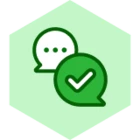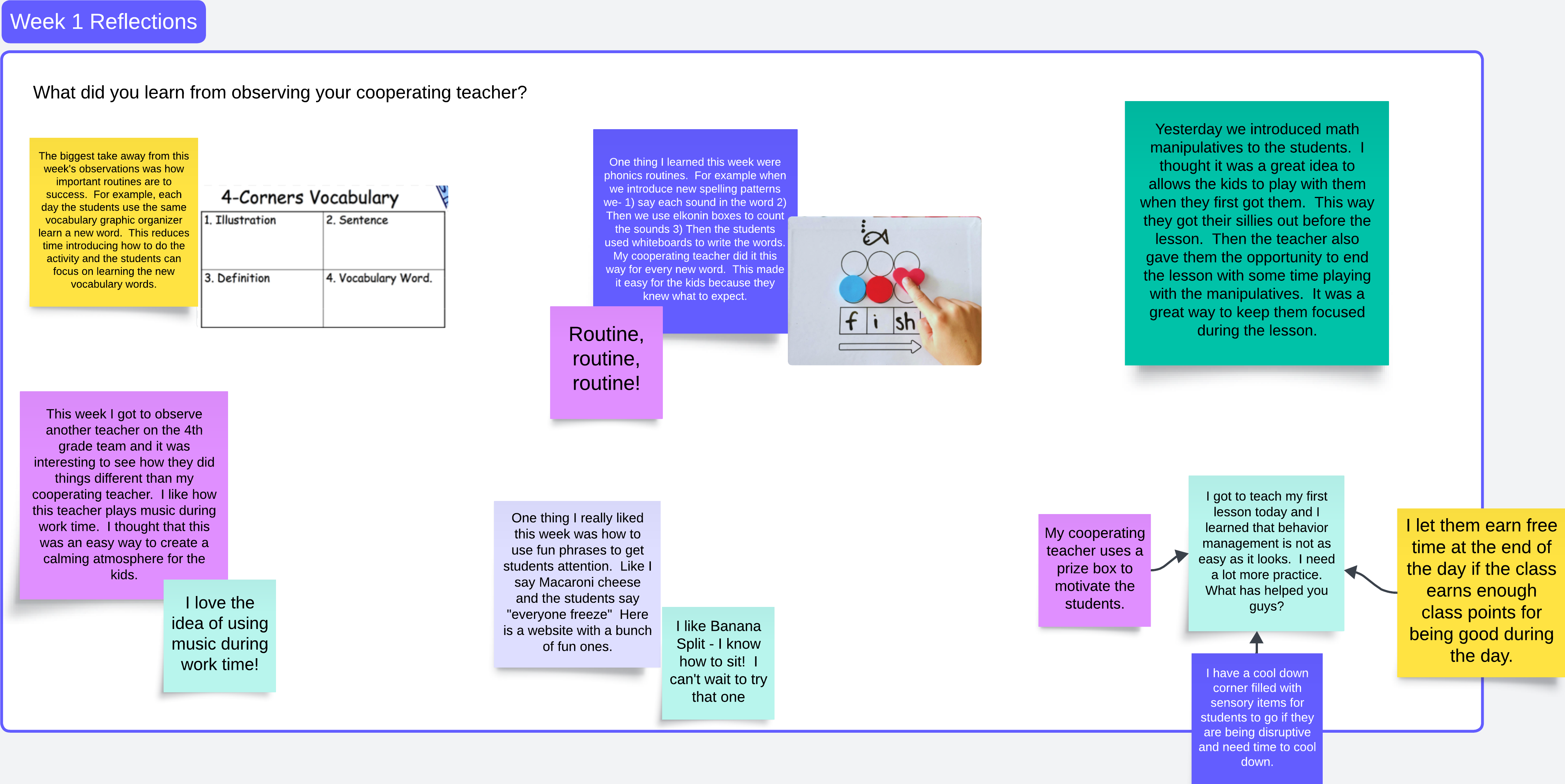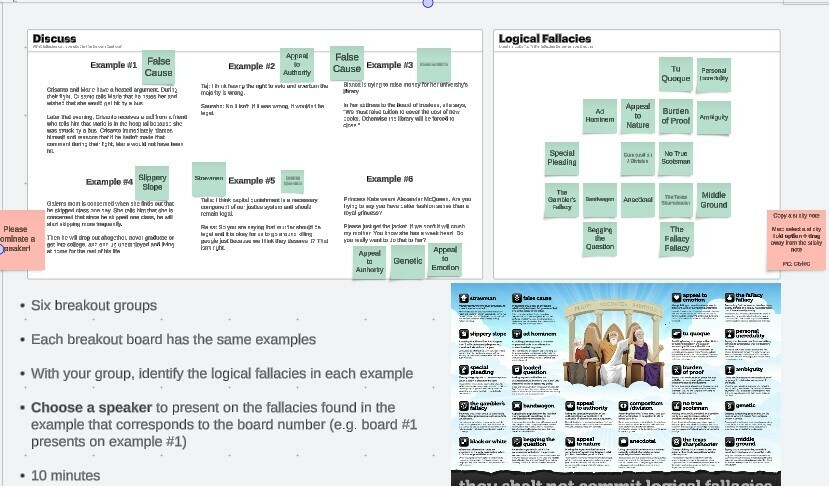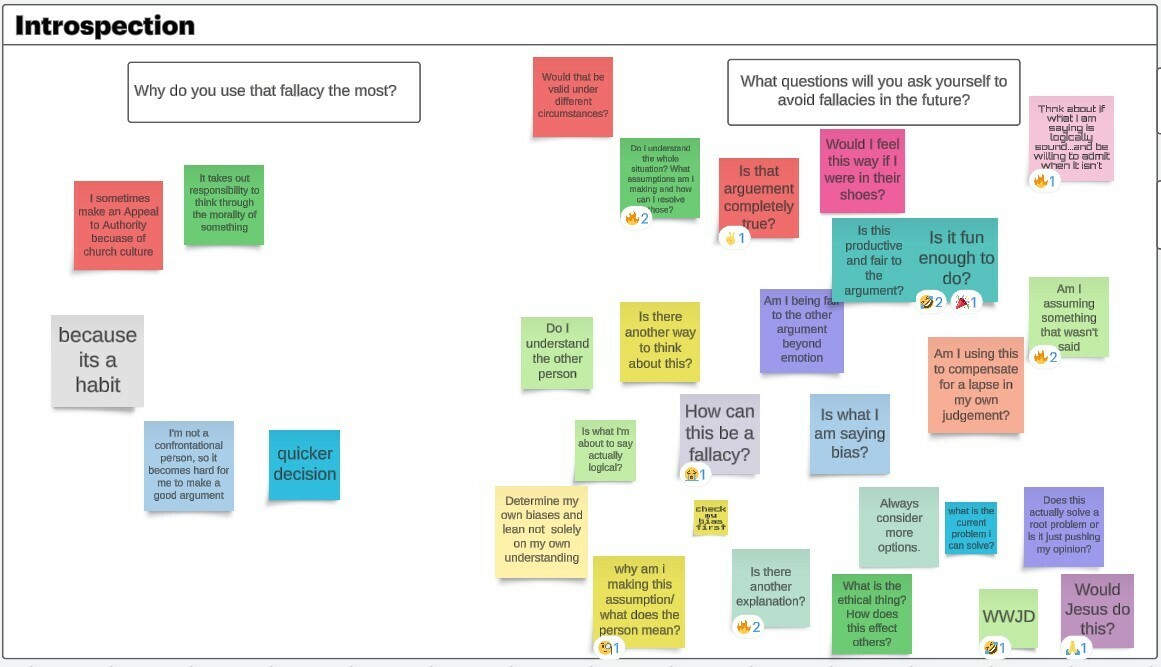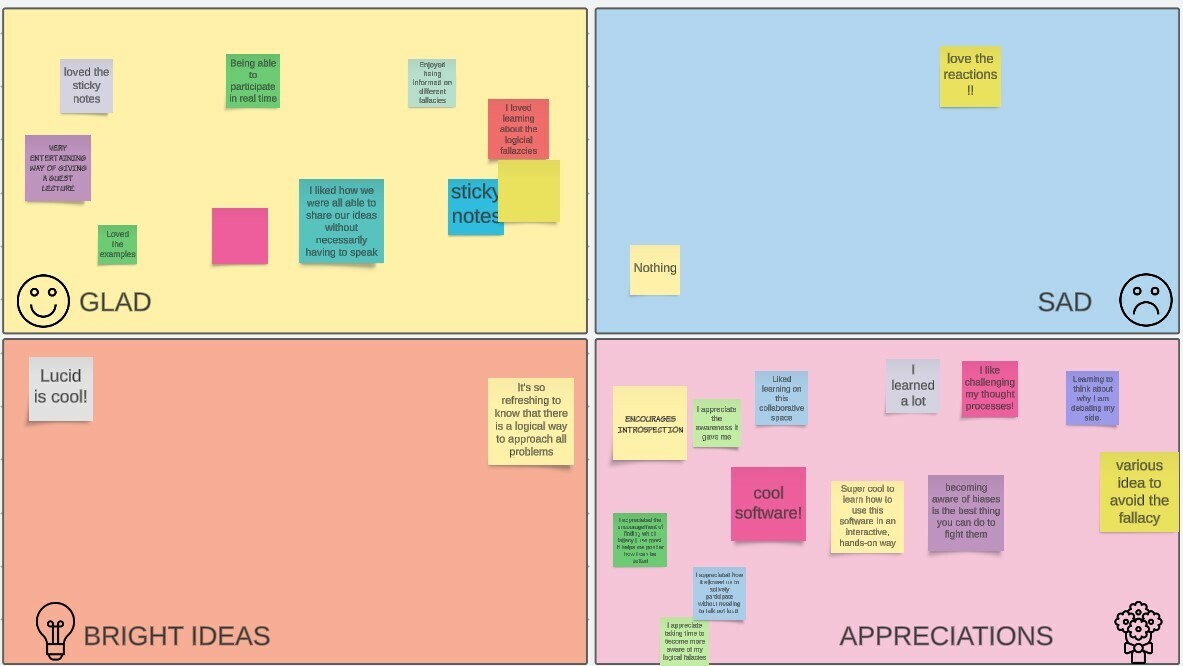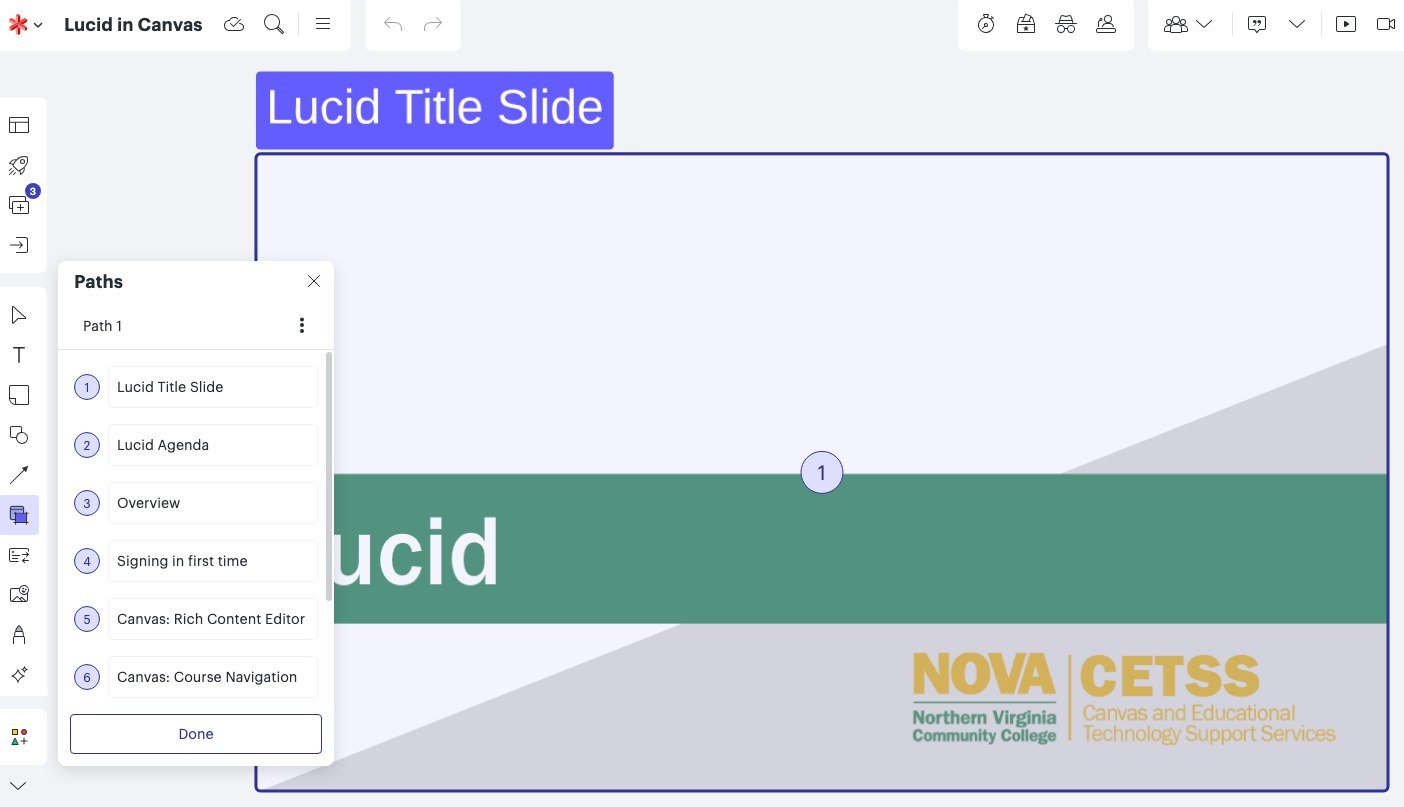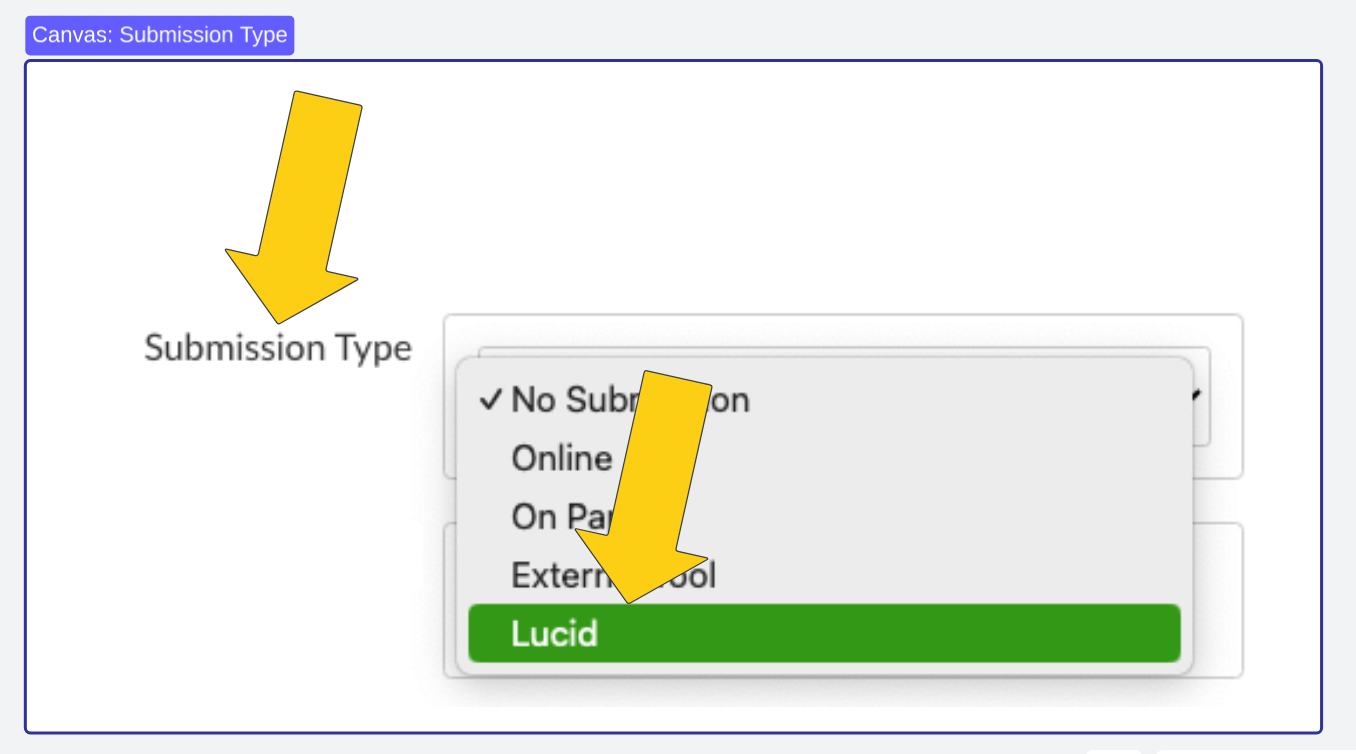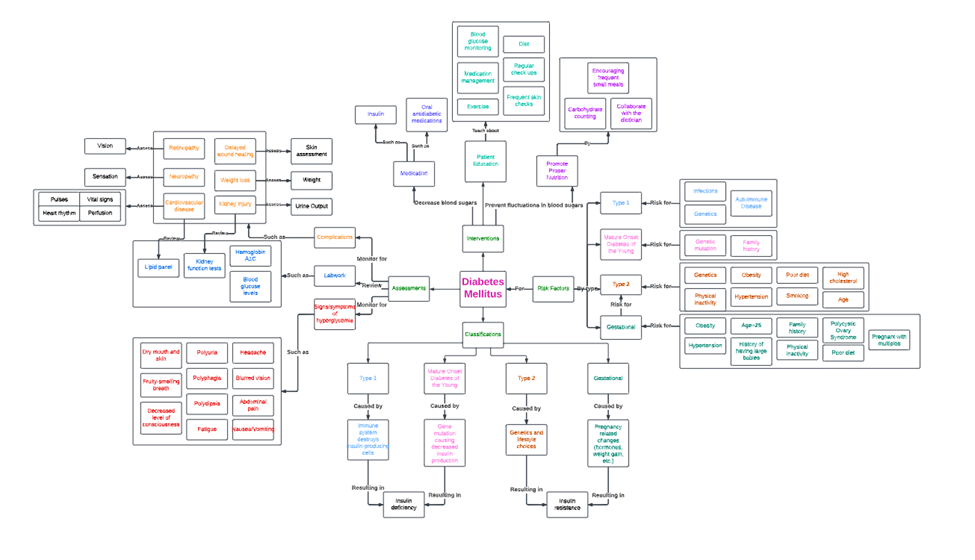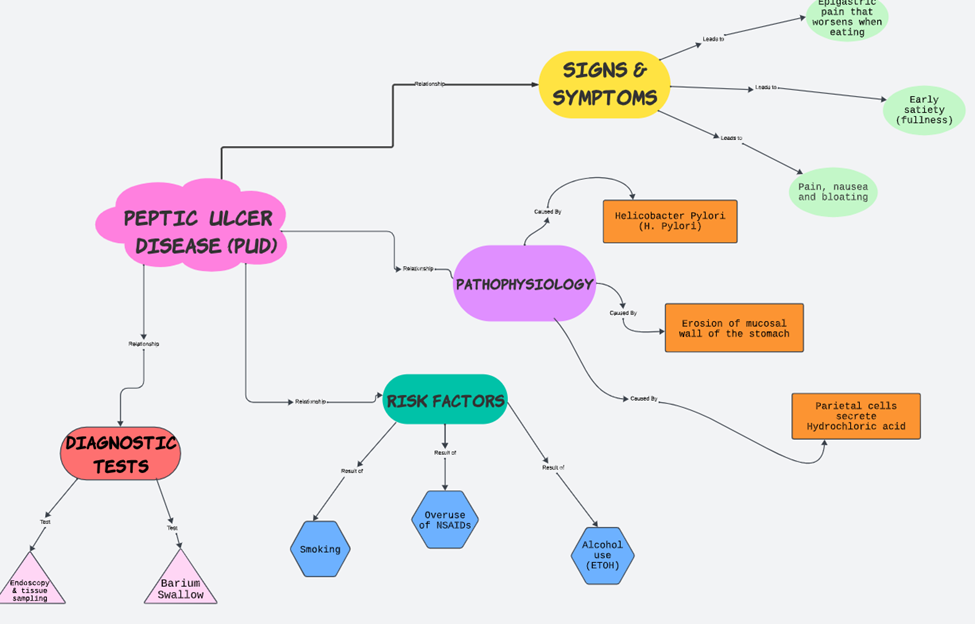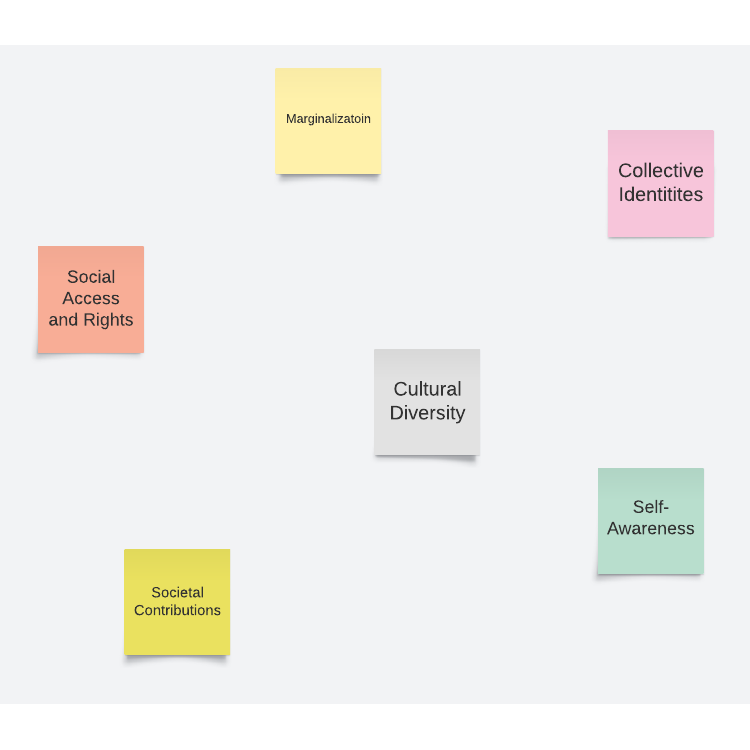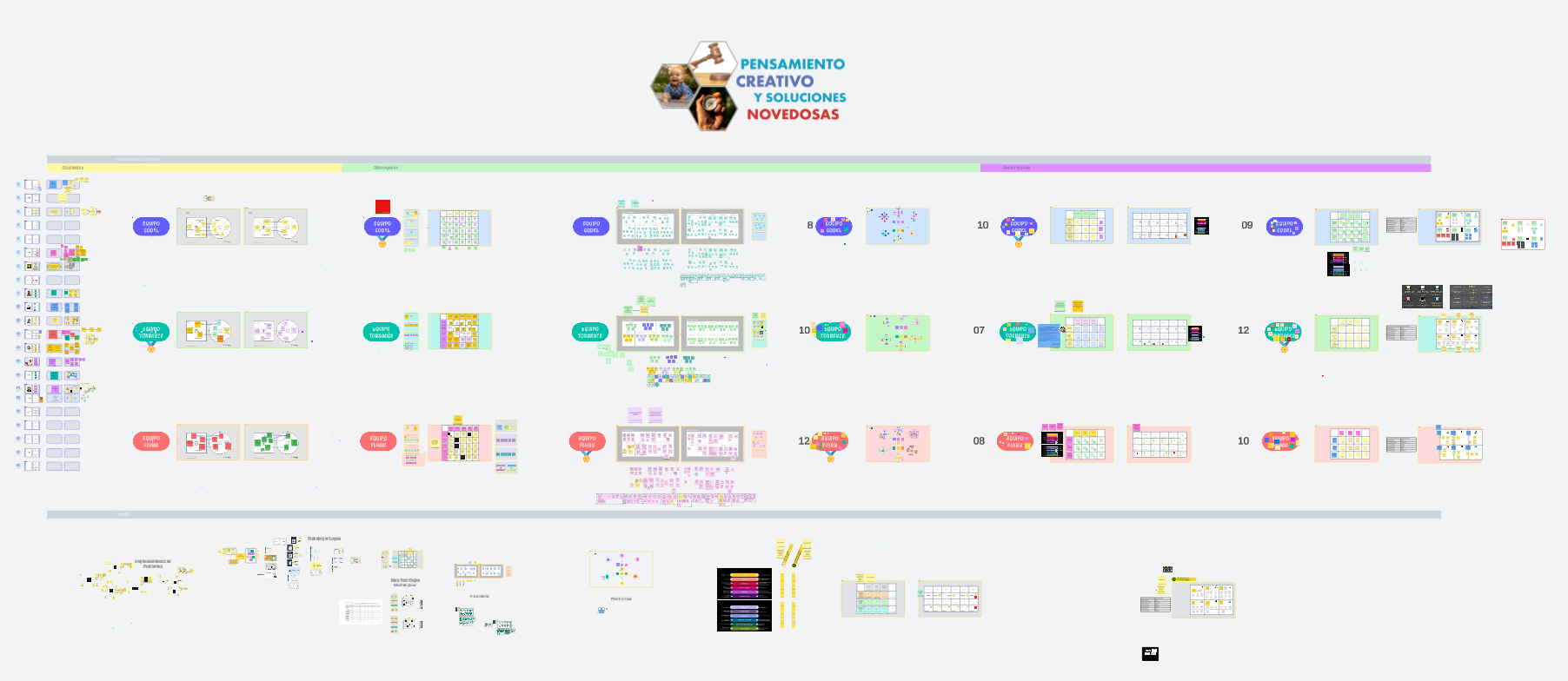If you’ve made a great template or have used Lucid to support your instruction we’d love to hear from you!
Comment below to:
- Introduce yourself to the Lucid for Education Community and let us know your name what you teach and how you use Lucid.
- Share your questions or feedback for us on how we can best support instructors and professors.
- Inspire others and showcase how you use Lucid! Share a screenshot of your diagram or how you’re using Lucid products in a Higher Education setting.
